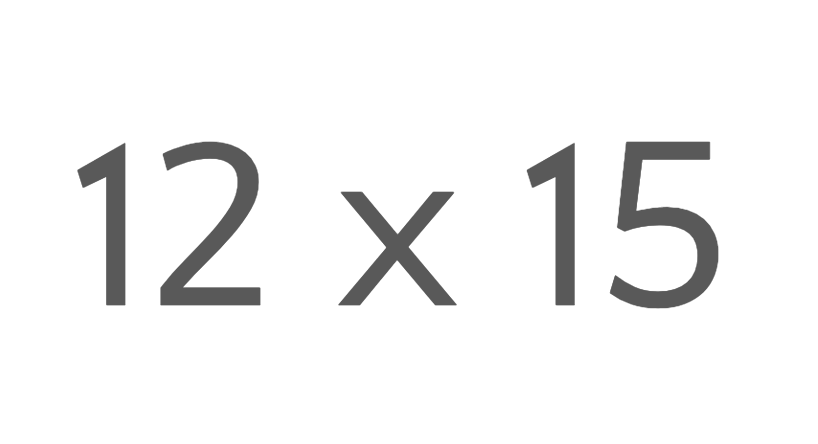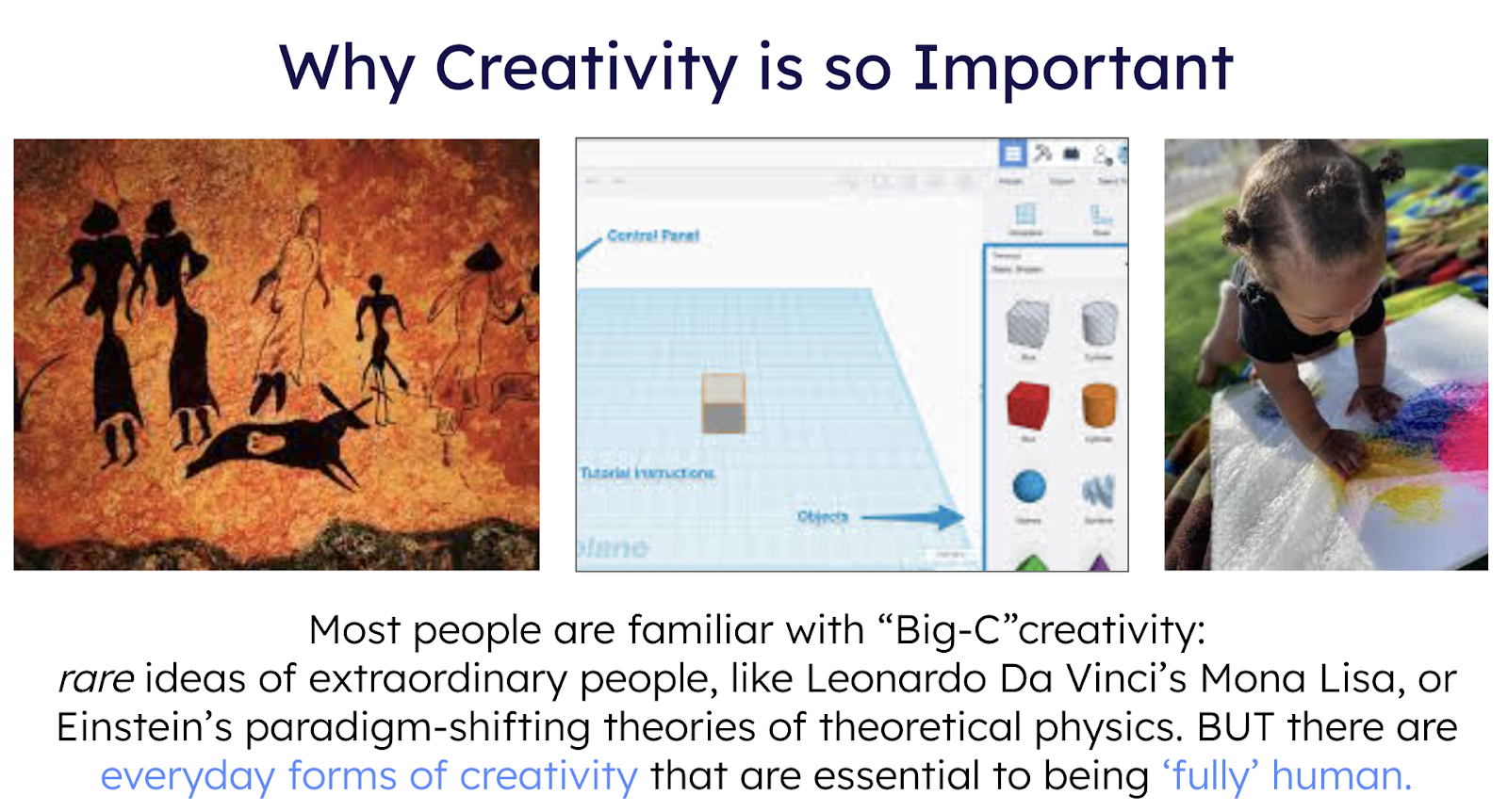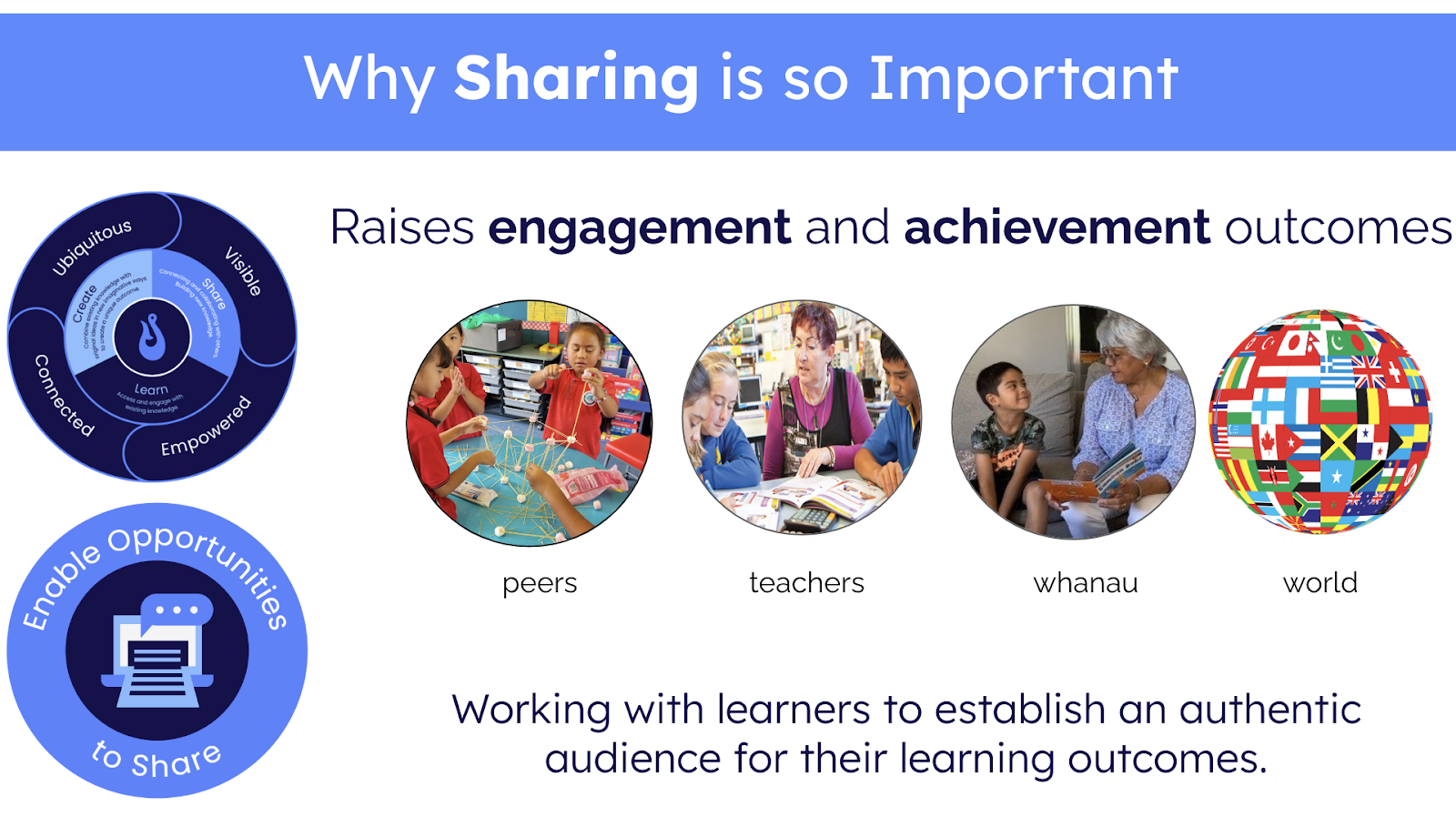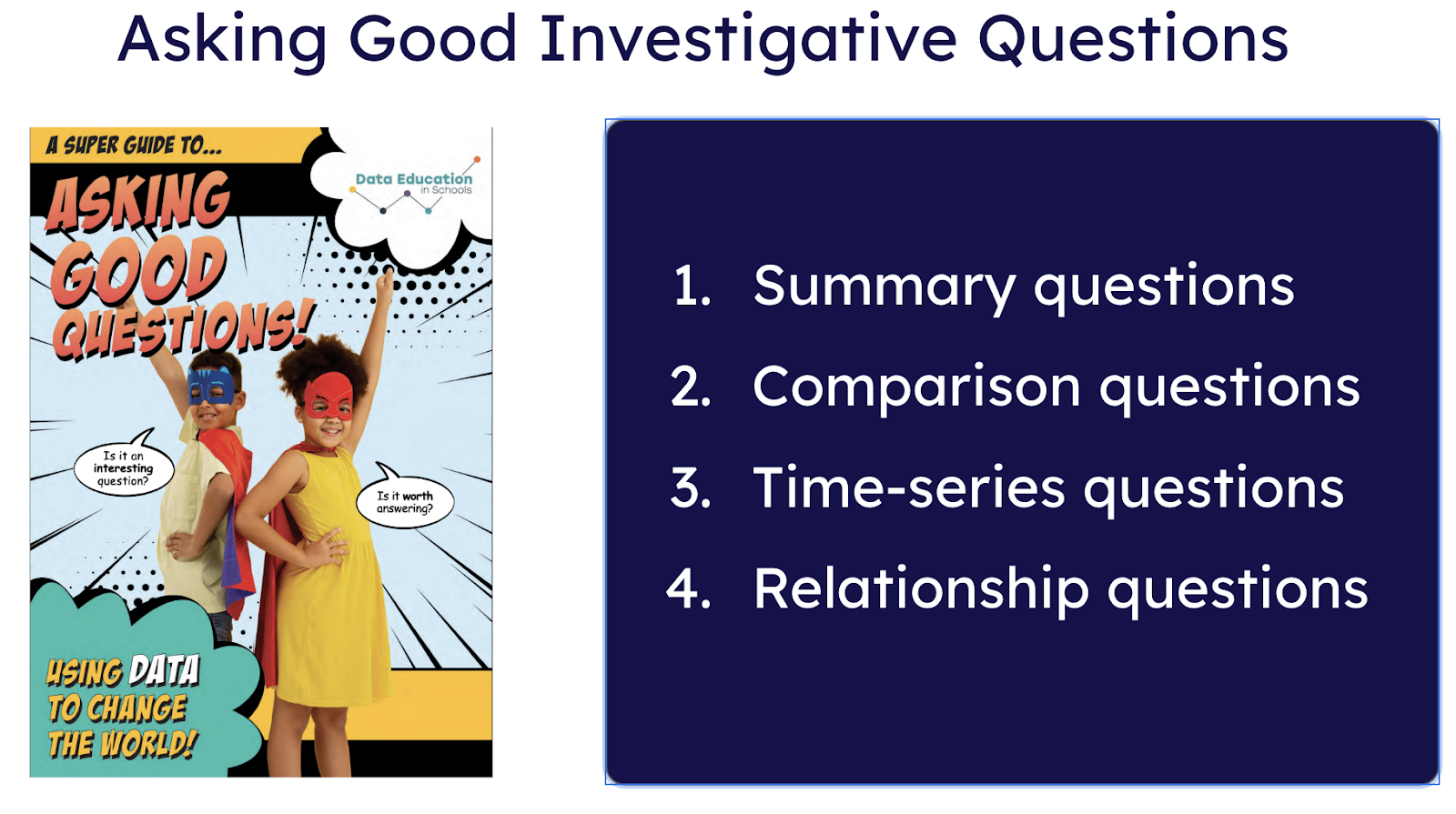This year, my inquiry focus question is:
How can I efficiently and effectively help my students learn the multiplication basic facts?
One strategy I’ve been using to develop my students’ number sense is Number Talk. Number Talk is a short, daily routine where students solve math problems mentally and then share and discuss the strategies they use. It focuses on building number sense, flexibility with numbers, and clear mathematical thinking. Below are 2 examples of the problems used for Number Talks.
So far, this approach seems to be going well. The children are enjoying it, and even our reluctant mathematicians are engaging in the activity. I make a point of saying at the start of each Number Talk that it’s good to struggle, it’s good to get things wrong, and we celebrate mistakes. My hope is that by doing this regularly, my students will become more confident in sharing their thinking and that it will help reduce their math anxiety.
At the end of Term 1, I recorded myself leading a Number Talk lesson and uploaded the video to Vosaic, an AI video analysis tool that provides unbiased feedback based on a given prompt. Below is the feedback I received. It was reassuring to see that I’m on the right track in developing my students’ number sense.
AI prompt: How effectively did the teacher create opportunities for the children to develop their number sense?
Opportunities for Developing Number Sense
The teacher effectively created opportunities for the children to develop their number sense through several strategies during the number talk session. Here are some key points that illustrate this:
• Encouragement of Mistakes: The teacher emphasized that making mistakes is a part of learning, stating, "It si good ot make mistakes... we only learn by making mistakes" (00:55). This approach helps reduce math anxiety and encourages students to engage with challenging problems.
• Individual Thinking Time: The teacher provided students with 2 minutes to work on a problem independently before discussing ti with peers (02:04). This time allows students ot formulate their own strategies and develop confidence in their mathematical thinking.
• Peer Collaboration: After individual work, students were instructed to share their strategies in groups, promoting collaborative learning. The teacher stated, "If you didn't solve ,ti your job is to
listen and learn from your peers" (04:40). This encourages students to articulate their thought processes and learn from one another.
• Focus on Explanation: The teacher encouraged students to explain their reasoning by using the word "because" when sharing their answers (01:30). This practice fosters deeper understanding and helps students articulate their mathematical thinking.
• Discussion of Different Strategies: The teacher facilitated a discussion where students shared different methods for solving the problem, highlighting both similarities and differences ni their
approaches (12:02). This not only validates various strategies but also reinforces the concept of
place value partitioning, which is crucial for number sense.
• Reflection on Strategies: The teacher prompted students to reflect on their strategies and
understand the reasoning behind them, stating, "Your job si to try and understand their thinking" ( 09:16 ). This reflection helps solidify their understanding of mathematical concepts.
Overall, the teacher's methods foster a supportive environment that encourages exploration, discussion, and reflection, al of which are essential for developing number sense in students.
Research:
Research indicates that collaborative learning and peer discussions can significantly enhance students' understanding of mathematical concepts (Cohen, 1994). Additionally, allowing students to make mistakes
and learn from them is crucial for developing a growth mindset, which is linked to improved mathematical performance (Dweck, 2006).










